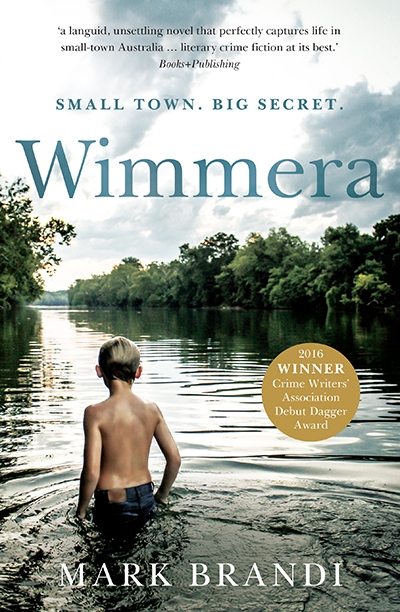Crime Fiction
Three new Australian crime novels by Anne Buist, Kimberley Starr, and J.P. Pomare
Some years ago, a crime-writing friend of mine was at a writer’s festival with Lee Child. After a few drinks, my friend asked Child how he’d gone about preparing to write his Jack Reacher novels. Child’s reply was something along the lines of not putting pen to paper before he’d spent six months reading all of the successful crime novels he could find, and before parsing out exactly what made them popular with readers. Once this was done, he sat down to write. The rest, of course, is history.
... (read more)See You at the Toxteth by Peter Corris, selected by Jean Bedford & The Red Hand by Peter Temple
These are exciting times when the new normal for Australian crime fiction is strong domestic interest and sales, but also international attention in the form of Australian-only panels at overseas writers’ festivals, plus regular nominations and awards in Germany, the United States, and the United Kingdom. Whether this is a literary fad or sustainable in the long term – with Australian crime fiction becoming a recognisable ‘brand’ in the manner of Scandi-noir or Tartan-noir – will depend largely upon the sustained quality of the novels produced here.
... (read more)The plethora of crime stories is such that, in order to succeed, they must either follow a well-trodden narrative path and do so extremely well, or run with a high concept and hope for the best. Having the word ‘girl’ in the title doesn’t hurt. Readers are familiar with genre tropes ...
... (read more)Last year in New York, I visited the Mysterious Bookshop, Manhattan’s only bookstore specialising in crime fiction. The otherwise knowledgeable bookseller had heard of three Australian crime novelists: Peter Temple, Garry Disher, and Jane Harper ...
... (read more)





